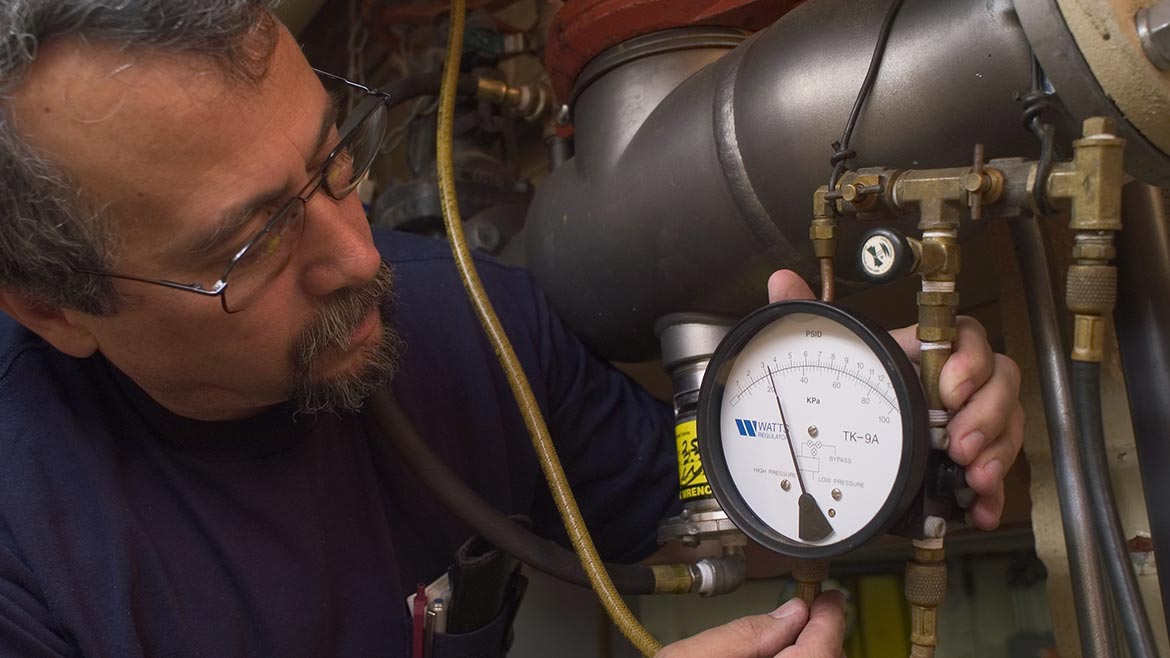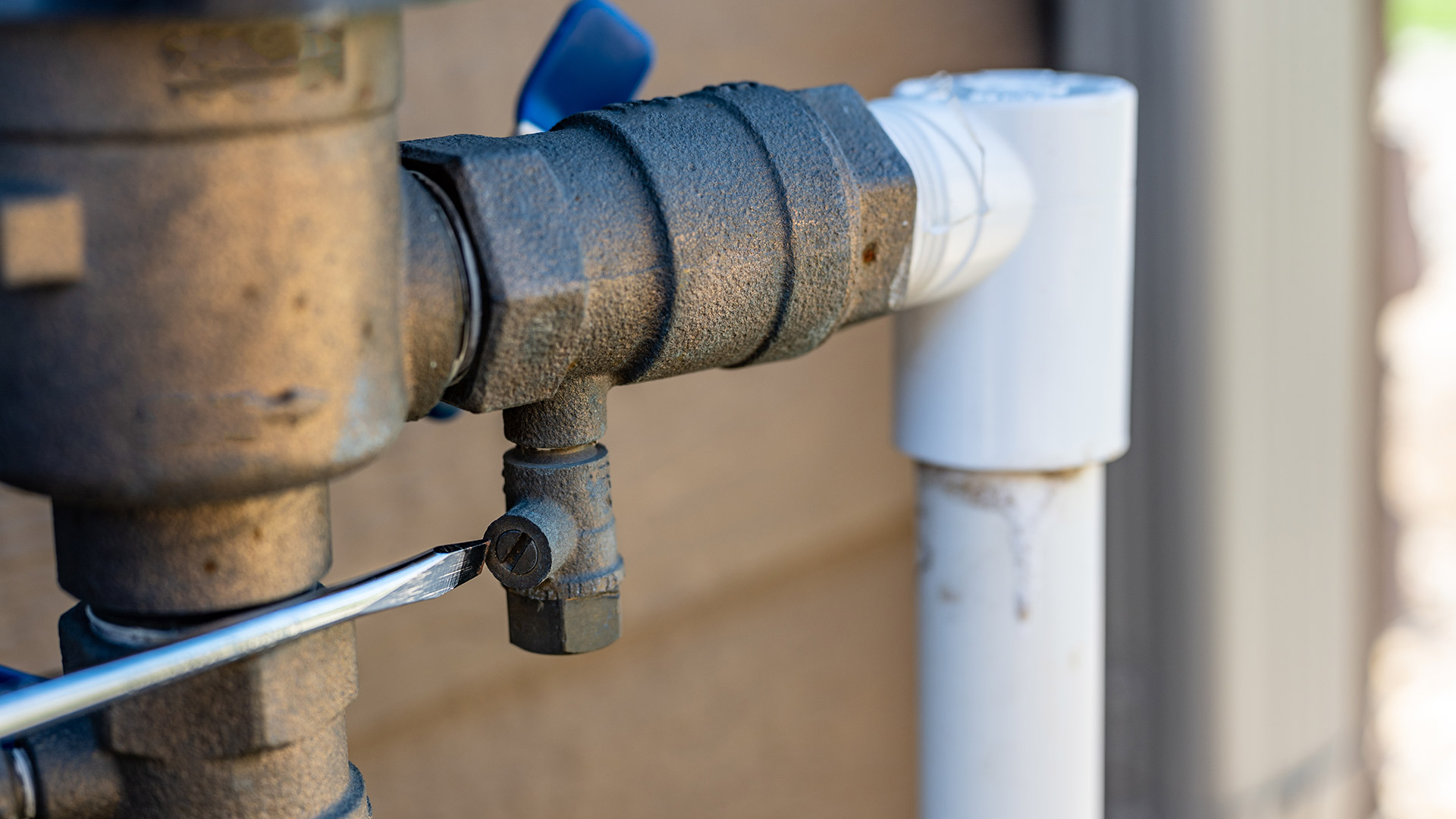Should I Examine for Backflow in My Water?
Should I Examine for Backflow in My Water?
Blog Article
The content in the next paragraphs pertaining to Is backflow testing necessary? is definitely intriguing. You should see for yourself.

Yes, you require to backflow examination your house's water to make certain that the water is without toxic substances and also unsafe degrees of chemicals. You need to not try to carry out backflow screening on your own since of the equipment called for and area for mistake. We recommend that you call a professional plumber every number of years to examine your water.
What is Backflow?
In other words, backflow is when water moves upwards-- the contrary direction in the plumbing system. This is likewise called "backpressure." When the water moves in this direction, it can blend with damaging toxic substances as well as present a danger.
What Causes Backflow?
A common reason for backflow is a loss of water stress that triggers the water to siphon back into the water supply. An instance is clearing out a paint container making use of a hose. You load the paint pail up with water, leaving the pipe in the pail. After some time, there is a loss in water pressure and the hose begins to suck the water back right into the water system. As you can imagine, there are currently chemicals from the paint that are getting in the water system, potentially presenting a threat. Lots of people are not even conscious of heartburn screening, yet there are lots of reasons why it's so essential.
Backflow Screening is Needed by Law in Specific Cities
Depending on where you live, you might in fact be required by regulation to backflow examination your law. Iowa City keeps a document of all buildings served by the city's water supply.
You Can Stop Backflow
If you have an expert plumber set up a backflow gadget, hazardous backflow is easily avoidable. The plumber will certainly likewise evaluate for backflow and also figure out if there is an energetic risk. The major function of a backflow tool is to avoid water from streaming in reverse right into your water. Plumbers install the tool on the pipes in your home to ensure that the water just moves in the proper instructions.
Backflow Can Impact Both You and Your City
Several cities establish heartburn guidelines since unsafe heartburn can affect the general public supply of water in addition to a single building. Contemporary cities have backflow devices in location that safeguard the water supply that comes from the majority of residences as well as industrial buildings. The genuine danger originates from irrigation systems, which can hurt the water with poisonous fertilizers, manure, and other chemicals.
Call a Plumber to Evaluate for Heartburn Before It is Too Late
While it may seem grim, contaminated water can cause dreadful bacterial and viral infections that are difficult to deal with. If there are any unsafe chemical degrees, a plumbing business can quickly check your home's water to establish. The little investment is if you can stay clear of the anguish that comes from consuming alcohol infected water. And if you do find that your water has high degrees of toxic substances, a plumber can quickly mount a heartburn prevention gadget.
Yes, you need to backflow test your home's water supply to make certain that the water is cost-free of contaminants and also hazardous levels of chemicals. A normal cause of backflow is a loss of water pressure that causes the water to siphon back into the water supply. After some time, there is a loss in water stress and also the hose pipe starts to draw the water back into the water supply. The primary function of a heartburn tool is to protect against water from moving backward into your water supply. Many cities develop heartburn standards due to the fact that hazardous backflow can affect the public water supply in addition to a solitary structure.
WHY DOES BACKFLOW TESTING NEED TO BE DONE EVERY YEAR
What Is Backflow?
Toxic gas backing up into a building is one example of potential backflow issues, but backflow can occur in many other ways.
Backflow is generally referred to as the reversal of a liquid or gas in a plumbing system.
Most issues for the public occur with backflow resulting in contaminated drinking water. If you look up backflow issues online you’ll probably find references to “potable” water. That means drinking water.
There have been backflow issues in the past with drinking water. Chemicals, sewage and other contaminants have found their way into drinking water causing health issues for those that count on the fresh water.
What Causes Backflow?
In a residence or commercial building water generally flows one way. This normal flow is usually driven by consistent pressure in the water and waste system.
Anything that changes the normal pressure in the system can lead to backflow.
Fire hydrant use or malfunction can reverse the normal pressure in the system on a city line, but backflow can occur in a number of different ways.
Sometimes backpressure might be caused by someone using a garden hose and submerging the end of the hose in a pool of liquid. If pressure is lost the flow could reverse and contaminants could be released into the drinking water.
Anytime there is a connection between contaminants and the drinking water there is potential for a backflow issue. Sometimes these connections are not immediately obvious like the garden hose connecting to a building’s drinking water supply.
Backflow Regulations
The Environmental Protection Agency (EPA) provides guidelines and regulations for state and local governments regarding backflow. State and local governments also have their own guidelines and regulations for backflow prevention.
Arizona has its own backflow regulations.
Due to issues with backflow in the past, regulations require backflow preventer devices to be used in nearly all residential and commercial buildings.
A backflow preventer is a device that prevents backflow as cross-connection points where potential backflow issues may occur.
While backflow is not a common occurrence, preventers are in place to make sure there is no contamination should something malfunction or go wrong with a building’s water supply.

Do you really like reading up on Backflow Assembly Testing? Create a comment down the page. We will be glad to find out your reactions about this article. In hopes that you come back again before long. Appreciated our article? Please share it. Let someone else find it. We take joy in reading our article about Backflow Testing.
Book My Estimate
Report this page